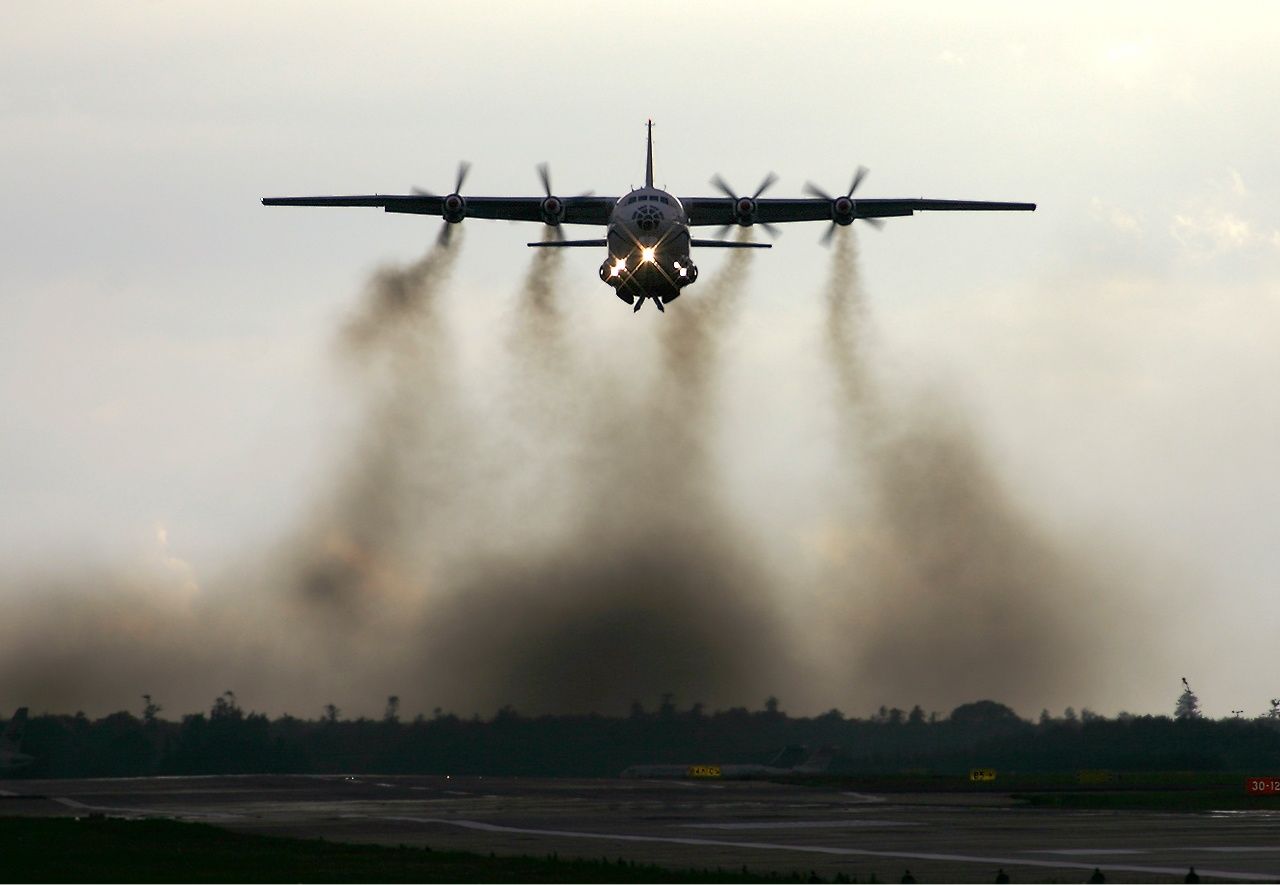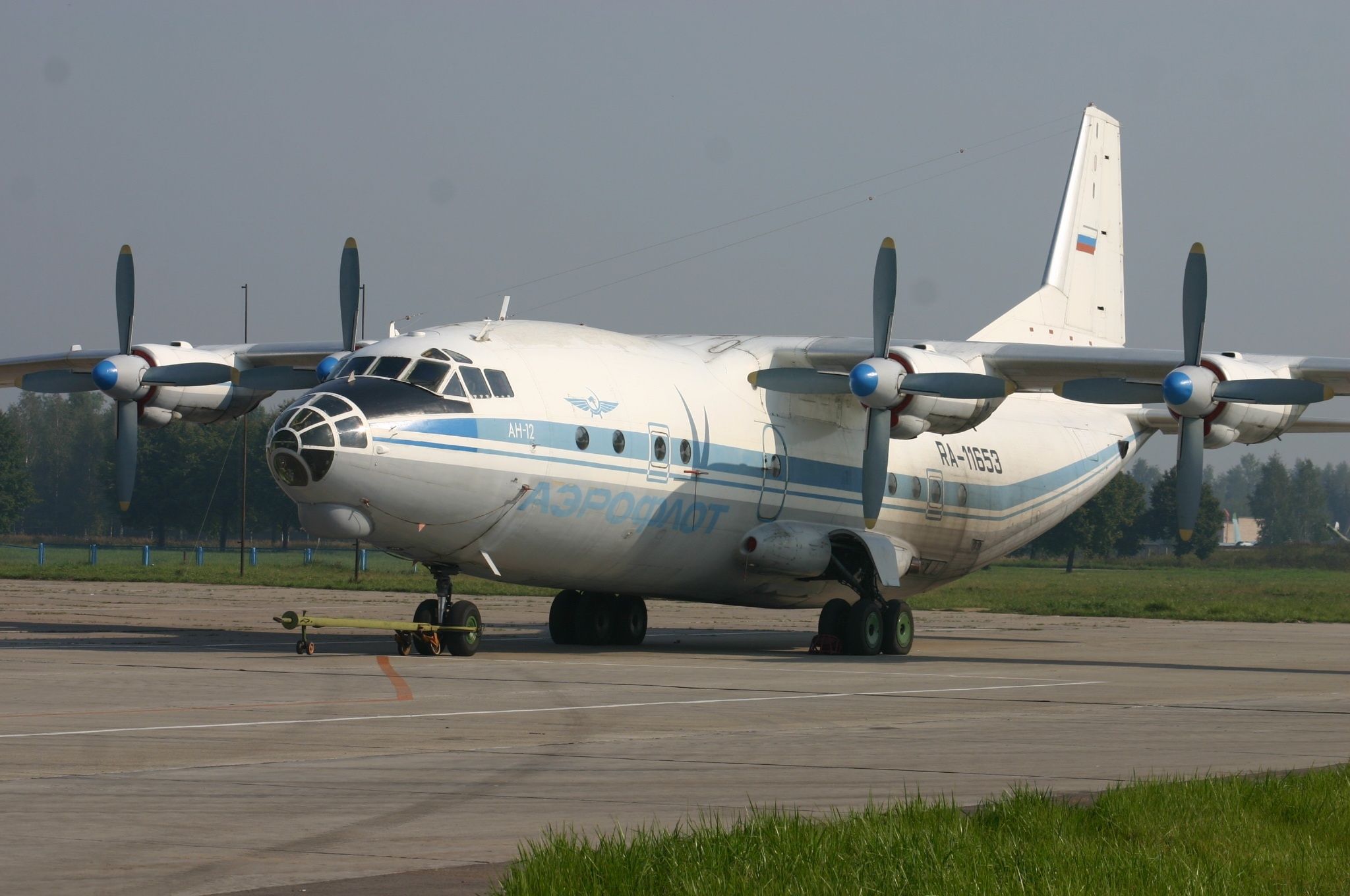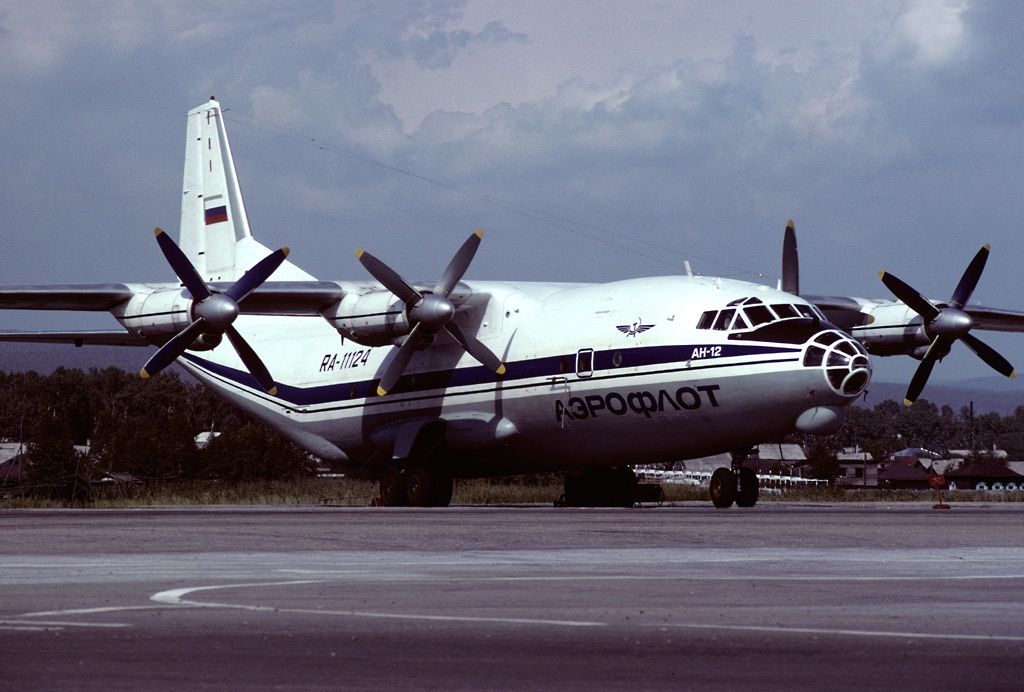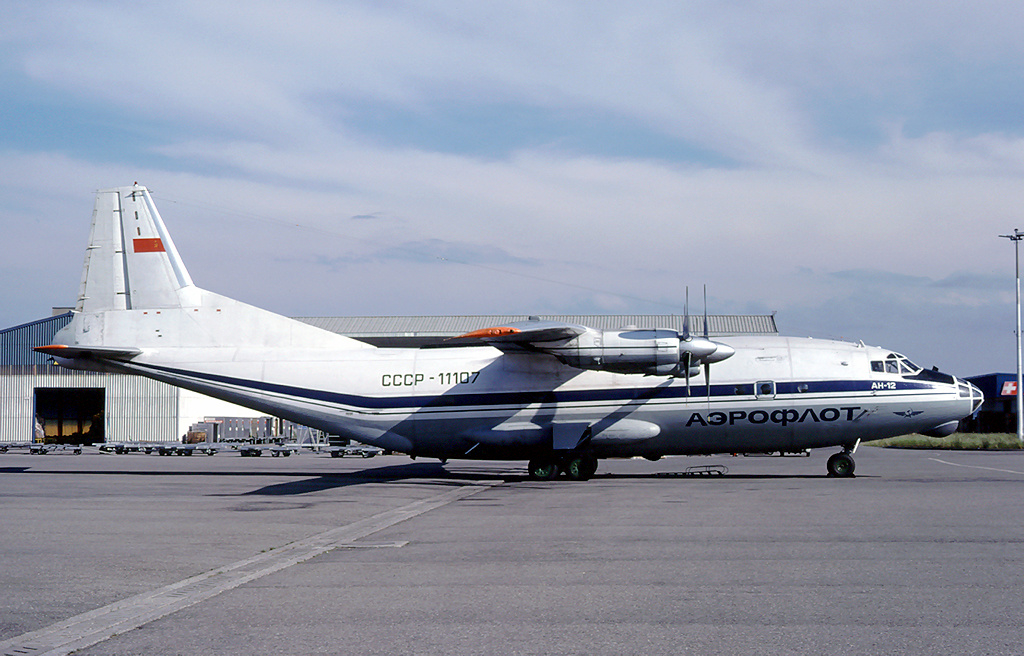In the freezing winter of January 1971 in the Soviet Union, two Aeroflot Antonov An-12s crashed on approach to Surgut International Airport, just nine days apart. The crashes occurred under near-identical circumstances due to the aircraft type’s lack of preparedness for flying in severe icing conditions.
Incident one: January 22
Aircraft CCCP-11000 had completed 5,626 flying hours prior to the fateful journey from its base at Omsk Tsentralny Airport. The aircraft was initially scheduled to fly to Syktyvkar for routine maintenance work. It was then decided that the flight would be combined with the delivery of 11.8 tons (12 metric tonnes) of freight to Surgut. This seemingly harmless addition to the route would inadvertently lead to a deadly crash.
When the An-12 neared Surgut, there was solid cloud cover and visibility of 3.4 miles (5.5 km). As the aircraft approached Surgut International Airport, the initial parts of the landing procedure were executed without issues – the flight crew was in communication with the air traffic controller, whose instructions were followed accordingly.
Stay informed: Sign up for our daily and weekly aviation news digests.
At 19:36, the crew was ordered to perform the third turn of their holding pattern and the instruction was acknowledged. This was the last communication that took place between the aircraft and the controller.
When the CCCP-11000 was conducting the turn 11.2 miles (18 km) out from the airport, the aircraft experienced a sudden flow separation on its wing. This led to a loss of altitude, and the aircraft deviated off course by 110°. With a nearly right-angled bank, the An-12 impacted the ground near the Pochekuika river. The aircraft caught fire and was completely destroyed. All 13 onboard perished: six members of the flight crew, six relief crew members, and a loadmaster.
Incident two: January 31
Merely nine days later, another An-12 suffered the same fate en route from Roshchino International Airport to Surgut International Airport. CCCP-12996, too, was transporting 11.8 tons (12 metric tonnes) of cargo. Unlike CCCP-11000, this aircraft had only logged a total of 391 flying hours.
At Surgut, the sky was obscured with layered clouds and visibility was 3.7 miles (6 km). As the flight crew entered the airfield traffic pattern, they reported strong icing conditions but confirmed that the aircraft’s de-icing system was switched on. The controller then instructed the crew to commence the third turn of the traffic pattern.
Less than 15 seconds before completing the turn, the aircraft began to shake. Despite the abnormal behavior, the turn was completed successfully, and the captain gave the order to set the flaps to 15° to prepare for landing. Just five seconds later, he retracted his instructions, noticing that the airspeed had dropped by 12.5 mph (20 km/h) despite an increase in engine thrust.
The aircraft subsequently began to roll side to side, causing a decrease in lift. The An-12 then descended rapidly and crashed into the ground 10.3 miles (16.5 km) North of the airport. Like the earlier incident, the wreckage burst into flames. All seven onboard were killed.
Get the latest aviation news straight to your inbox: Sign up for our newsletters today




